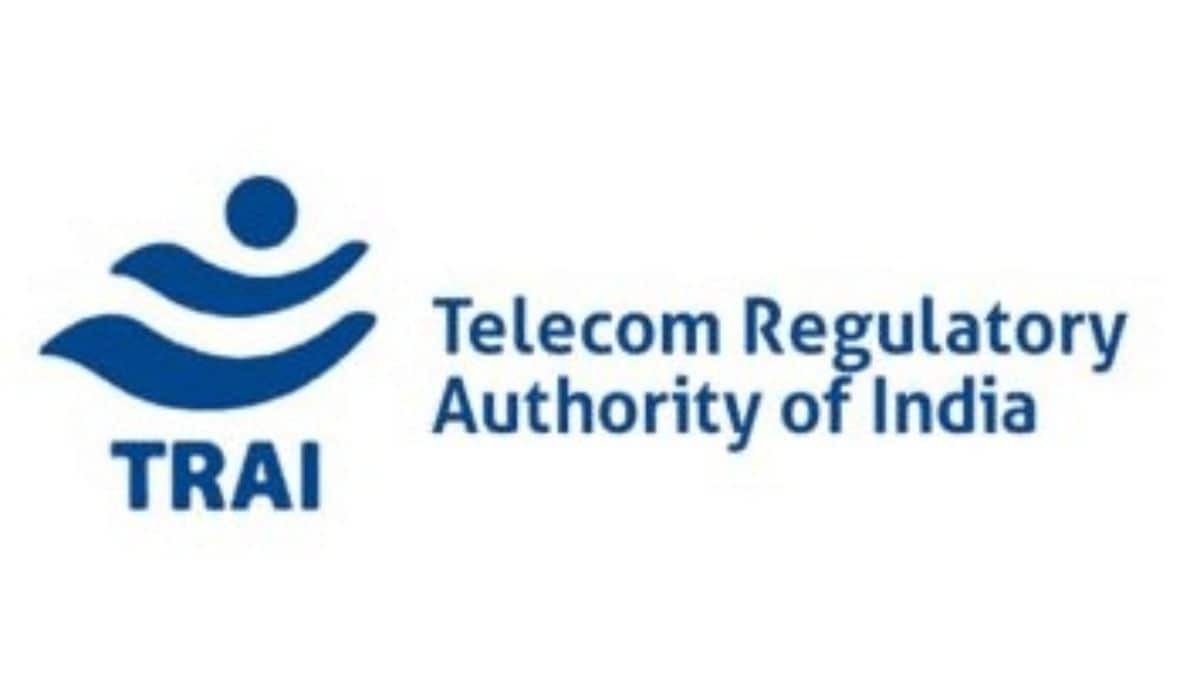TRAI Orders Mobile Networks to Display Service Coverage Maps Online for Consumer Transparency

The Telecom Regulatory Authority of India (TRAI) has directed all telecom operators to publish detailed geospatial coverage maps of their 2G, 3G, 4G, and 5G services, aiming to help consumers make informed decisions about their mobile service providers.
Under the new directive, telecom operators must display comprehensive coverage maps on their websites and mobile applications, showing exact areas where their various wireless voice and broadband services are available. The maps will use specific color schemes to indicate signal strength across different technologies.
TRAI’s guidelines specify that these coverage maps must be easily accessible, requiring operators to place direct links on their website homepages for one-click access. The maps will need to be based on either real data or approved coverage prediction methods to ensure accuracy.
The regulatory body has established specific standards for these coverage maps, including minimum signal strength requirements that must be used to determine the boundaries of network coverage areas. This standardization aims to provide accurate representations of service availability across different regions.
This initiative addresses a significant consumer challenge in India, where subscribers currently have no reliable way to determine which services are available in their area before choosing a provider. While major telecom operators offer multiple technology generations from 2G to 5G, service availability varies significantly by location.
The new requirement falls under TRAI’s quality of service (QoS) regulations. In its directive, TRAI emphasized that service quality expectations should align with actual coverage availability, noting that consumers cannot reasonably expect good service in areas lacking coverage. By making coverage information publicly accessible, TRAI aims to help users set realistic expectations and make better-informed choices about their mobile service providers.
The coverage maps will be available for both Android and iPhone users through their respective mobile applications, in addition to the website access.


